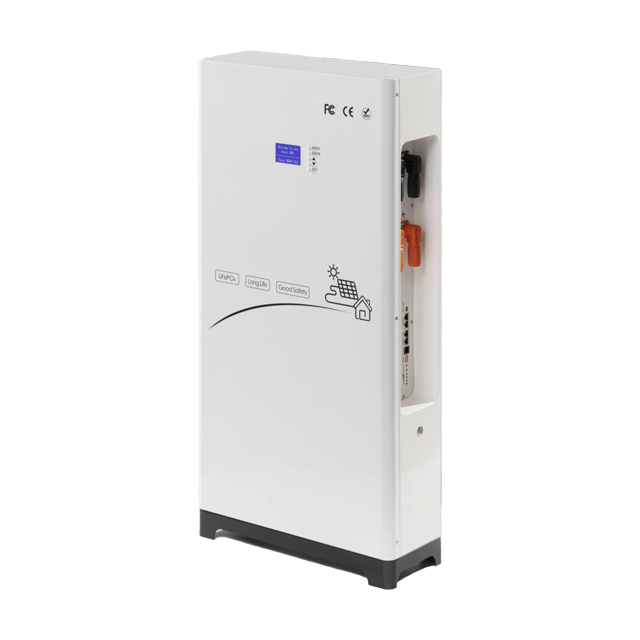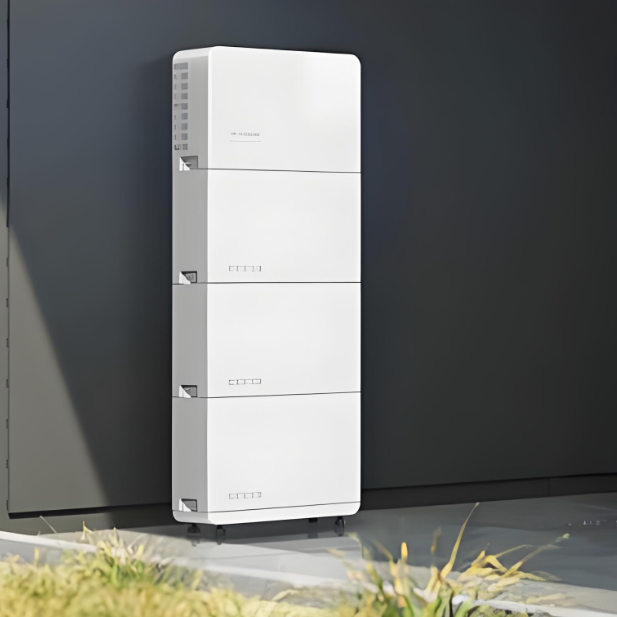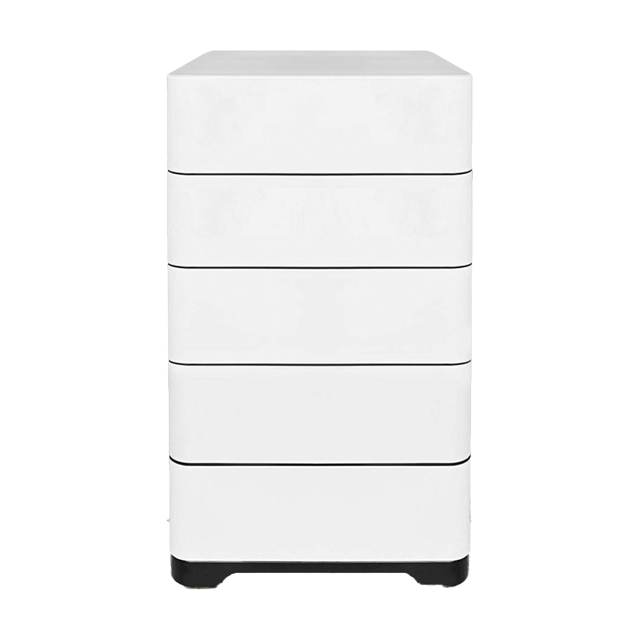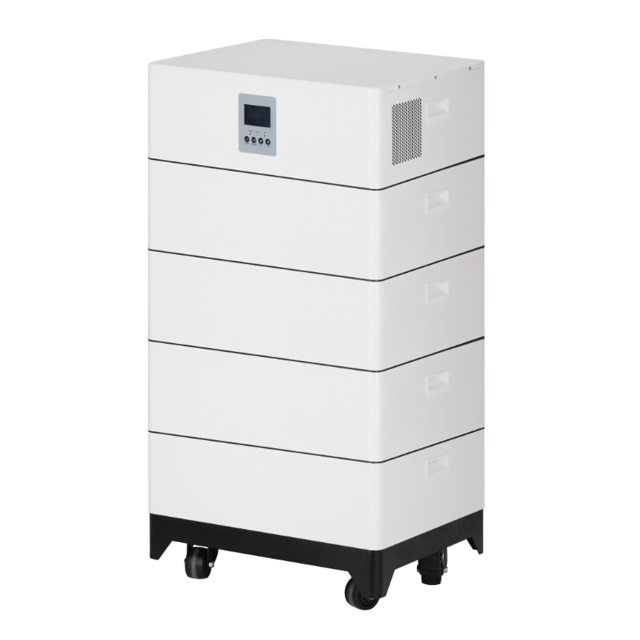Powering Independence: Navigating Costs in Home Energy Storage Solutions
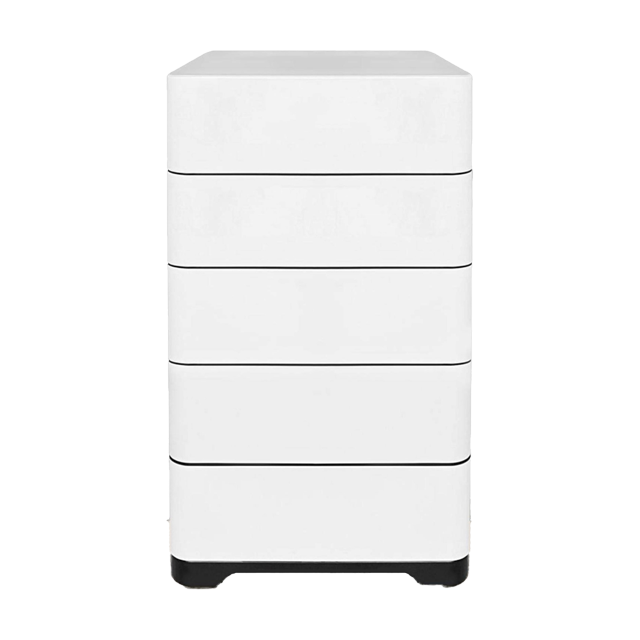
Powering Independence: Navigating Costs in Home Energy Storage Solutions
Our relationship with energy is changing. Rising electricity prices, climate concerns, and grid instability are driving homeowners towards energy independence. A Home Energy Storage System (ESS) is no longer just for early adopters; it's becoming a strategic investment. However, understanding the cost landscape is crucial for making an informed decision. Let's break down the components and solutions for managing home energy storage costs.
Understanding the Cost Structure:
A home battery system's price tag isn't a single number. It's a combination of several factors:
- Battery Unit Cost (kWh capacity): This is the core expense, typically based on total energy storage capacity (kilowatt-hours - kWh).
- Current Range: 300to300 to 300to1,000+ per kWh installed. Prices are falling, but vary significantly by brand, chemistry (Lithium Iron Phosphate/LFP generally cheaper/safer than some others), and technology. A typical 10 kWh system might range from 5,000to5,000 to 5,000to12,000 just for the battery.
- Solution: Compare chemistries and warranties. LFP often offers better value long-term due to longer lifespan and safety. Seek quotes from multiple installers.
- Inverter & System Integration:
- Cost: 1,000−1,000 - 1,000−5,000+. Many batteries come with an integrated inverter, but retrofitting or complex systems may require separate or additional hardware.
- Solution: Choose a system compatible with your existing or planned solar panels. AC-coupled systems are often easier for retrofits but may have slight efficiency losses. DC-coupled systems can be more efficient but sometimes involve more complex integration.
- Installation & Labor:
- Cost: 2,000−2,000 - 2,000−8,000+. Complexity (site location, mounting, wiring upgrades) and regional labor rates heavily influence this.
- Solution: Get multiple detailed quotes. Experienced installers ensure safety, compliance, and optimal performance, potentially preventing costly future issues.
- Balance of System (BoS) & Permitting:
- Cost: 1,000−1,000 - 1,000−3,000+. Includes wiring, conduit, disconnects, safety switches, monitoring hardware, and local permit fees.
- Solution: Verify what's included in quotes. Ask about permitting timelines and associated fees in your area.
- Potential Electrical Upgrades:
- Cost: Variable (0to0 to 0to5,000+). Older homes may need a panel upgrade (main service panel replacement or subpanel addition) to handle the battery and/or solar integration safely.
- Solution: Get a thorough electrical assessment upfront. Factor potential upgrade costs into your budget from the start.
Total Installed Cost: Expect to pay anywhere from 10,000toover10,000 to over 10,000toover30,000+ depending on the size (usually 5-20kWh capacity), technology, and site complexity. A typical 10-13 kWh system commonly falls in the 12,000−12,000 - 12,000−20,000 range after incentives.
Solutions for Managing Home Energy Storage Costs:
- Maximize Financial Incentives: This is the most impactful solution.
- Federal Tax Credit (US): The Residential Clean Energy Credit covers 30% of the installed cost of a qualifying solar and battery storage system through 2032.
- State & Local Incentives: Many states, utilities, and municipalities offer additional rebates, tax credits, or performance-based incentives (PBIs). Check the Database of State Incentives for Renewables & Efficiency (DSIRE) and your utility website.
- Utility Programs: Explore programs like Demand Response or Virtual Power Plant (VPP) programs where you may be compensated for allowing your utility to draw power from your battery during peak times.
- Optimize System Sizing: Bigger isn't always better.
- Analyze Your Needs: Calculate your critical load requirements (what you need during an outage) and your daily energy usage patterns (especially for time-of-use shifting). Avoid paying for capacity you won't use.
- Scalability: Choose systems that allow modular expansion if your needs change or budgets allow additions later.
- Pair with Solar PV: Combining batteries with solar panels is synergistic.
- Maximizing Self-Consumption: Store excess solar generated during the day for use at night or on cloudy days, drastically reducing grid imports. This accelerates the payback period for both investments.
- Backup During Outages: Essential if solar alone shuts off during a grid failure (without a battery).
- Demand Management & Time-of-Use (TOU) Optimization:
- Shift Usage: Program your battery to discharge during expensive peak electricity rate periods (e.g., 4 PM - 9 PM) and recharge during cheaper off-peak hours (overnight or when solar is abundant). This directly cuts your utility bill.
- Peak Shaving: Minimize drawing expensive power from the grid during peak demand times by using stored battery power.
- Strategic Outage Protection: Target backup duration.
- Do you need whole-home backup for several days? Or just critical loads (refrigerator, modem, lights, medical equipment) for a shorter period? Sizing precisely for your actual backup needs saves significant upfront cost.
- Consider Future Value: Beyond immediate savings:
- Resilience: Value protection from extended outages (especially in areas prone to storms, wildfires, or unreliable grids).
- Property Value: Increasingly seen as a desirable feature, potentially boosting home value.
- Sustainability: Contribution to personal carbon footprint reduction and grid stability.
